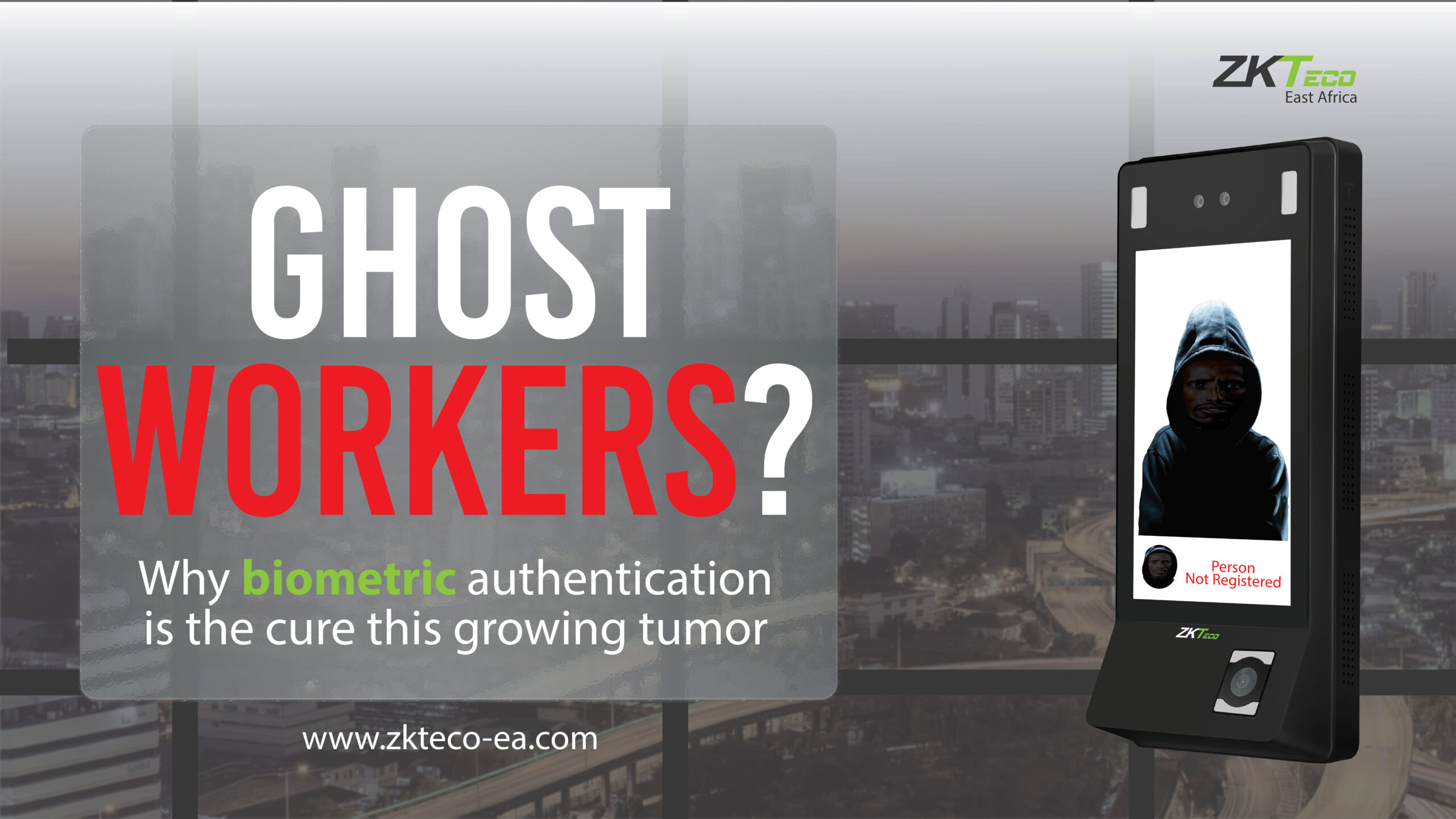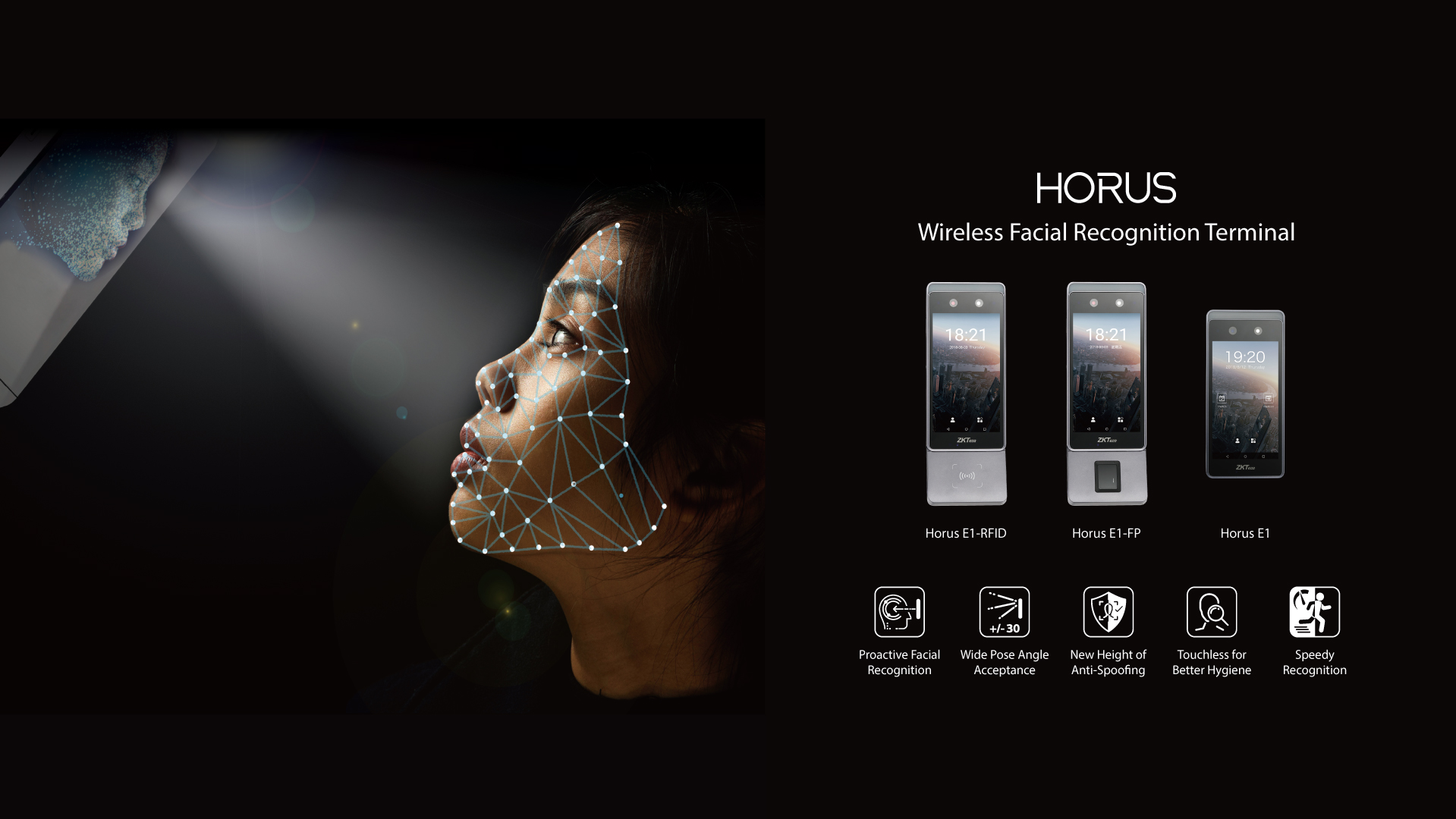The recent announcement by CS Kuria regarding the implementation of biometric registration for public servants is a significant step towards curbing the menace of ghost workers in our public sector. The move rightly identifies a crucial problem that has long troubled our systems, leading to inefficiency and loss of resources. However, the effectiveness of this initiative relies greatly on the implementation of effective biometric solutions rather than relying solely on traditional methods such as RFID cards. In this article, we analyze how biometric systems can be effective in restricting ghost workers.

1. Dedicated Administrator Roles
Leveraging advanced biometric authentication technologies effectively addresses the challenge of ghost workers. One key solution lies in the deployment of dedicated administrator roles for each time attendance point. By assigning specific individuals to oversee the attendance management process, accountability is enhanced, and any discrepancies can be swiftly addressed.
2. Specific Biometric Authentication Method
Moreover, the adoption of actual biometric authentication methods such as fingerprint or face recognition adds an extra layer of security and accuracy to the system. Unlike RFID cards, which can be easily misplaced or shared, biometric data ensures that only the rightful employee can clock in or out, drastically reducing the possibility of fraudulent activities.
3. Anti-spoofing Features
Incorporating anti-spoofing features into time attendance devices further strengthens the integrity of the system. These features prevent any attempts to deceive the system using fake fingerprints or facial masks, ensuring that only genuine authentication is accepted.

4. Automatic Roll Call
Additionally, enabling automatic roll-call for employees and facilitating instant roll-call reports at any time streamlines the monitoring process. Using centralized attendance management software, supervisors can effortlessly track attendance patterns and identify anomalies promptly, allowing for timely intervention.
5. Dedicated Attendance Points
Creating dedicated check-in points also plays a vital role in ensuring compliance. By establishing designated locations for employees to check in and out, organizations can verify the physical presence of staff members accurately.
In conclusion, while the initiative to implement biometric registration for public servants is commendable, its success centers on the adoption of robust biometric solutions. By leveraging dedicated administrator roles, actual biometric authentication, anti-spoofing features, automatic roll-call capabilities, and dedicated clock-in points, we can effectively combat the menace of ghost workers, fostering transparency and accountability within our public sector. Contact us for a free consultation on streamlining your workforce management.

It is a great move and innovation for curbing ghost workers in our organizations.
Thank you ZKTeco.